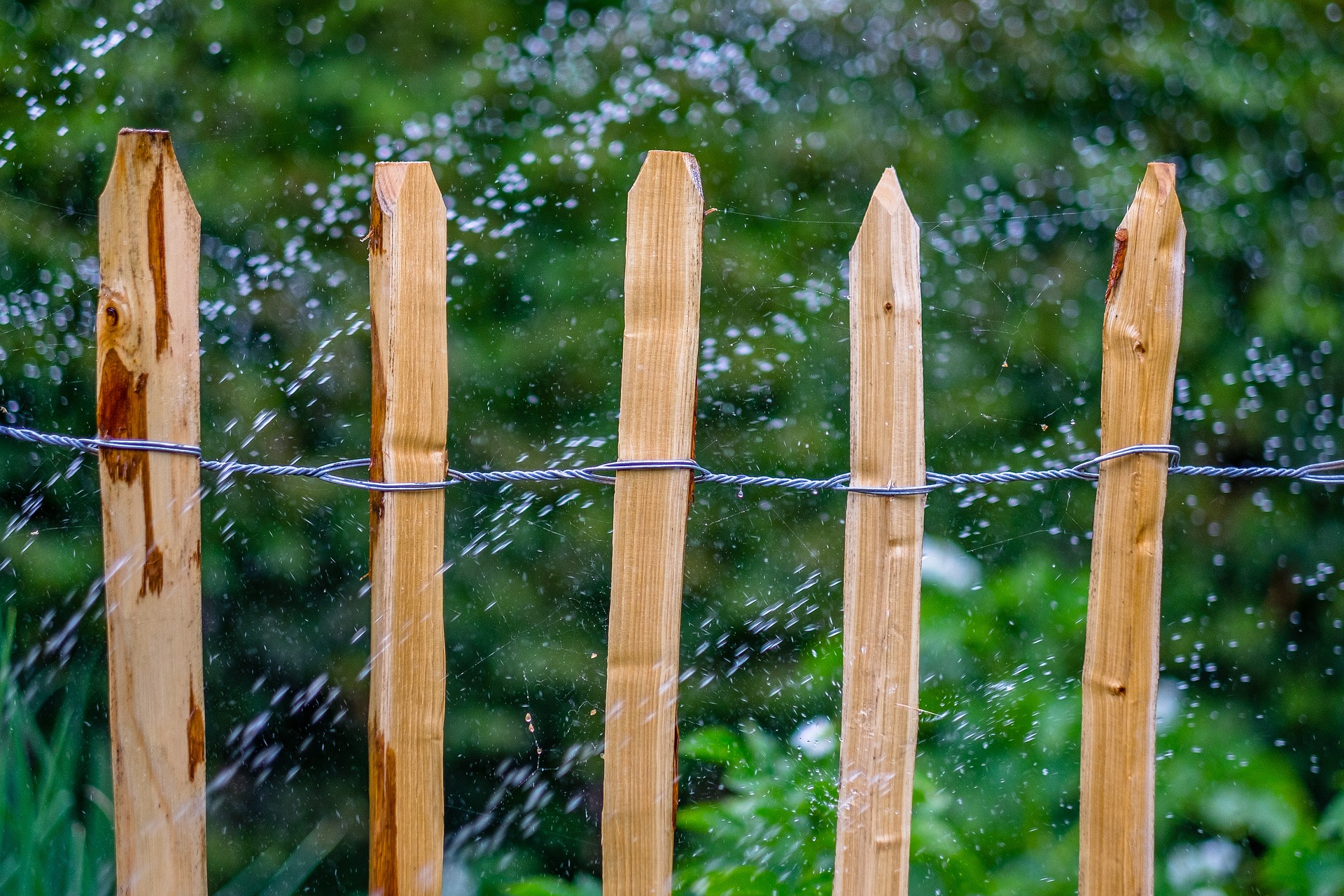
As rainwater is a renewable natural resource, it makes a great deal of sense to use this in everyday household chores such as watering a small flower or vegetable garden in homes. For most home gardeners, however, the most common method of rainwater harvesting isn’t too effective. By using water barrels, which typically hold only 50 or 60 gallons (about 300 litres) of water, and using the water as needed and hopefully emptying this until the next rainfall, this system fails to harness the full 900 gallons (more than 4,000 litres) of water that fall on and flow off the roof of a small house or barn. But how can we harness the full benefits of rainwater harvesting?
In recent years, suburban homeowners have turned to rainwater tanks to harvest rainwater as a greywater source for household chores. With a simple rainwater tank and conveyance system, most households could do more around the house, especially for watering small gardens. In this post, let’s take a look at a simple ‘conveyance to rainwater to watering’ system that may substitute a regular sprinkler system.
Slimline and under deck rainwater tanks used in homes
As suburban and urban households have a very limited surface area, a rainwater tank that collects water directly from the roof and gutter is needed. Some common models for this are slimline tanks and under deck rainwater tanks. These tanks are ideal as they could be attached to the side of the house or installed in the basement or under decks. Since rainwater harvested as a greywater resource is not used indoors, simple filters, leaf guards and diverters may also be added in this set-up to separate debris, such as leaves and sand, and remove excess water from the rainwater tank.
Rising in popularity among small homes are slimline rainwater tanks and under deck tanks. The slimline tank’s design makes it easy to be integrated and attached to the side of a home, directly under the roof, which is an easy way to store rainwater directly to the tank structure itself. On the other hand, under deck tanks can be completely concealed and installed beneath the floorboards of decks or within basements. However, additional piping may be needed to connect the conveyance system to transfer rainwater from the roof, stored to the tank and then used around the house.
How is water stored in soil?
How much water is stored in the soil is difficult to determine. If your area consistently receives high rainfall (about .30 inches of rain per hour), your soil moisture is considered at ‘field capacity’, the maximum amount of water a soil can hold according to scientists. When it rains or when we water our gardens, rainwater remains in between the soil’s particles due to gravity. This is what is called capillary action. (Think of when a paper towel absorbs any liquid.)
The capillary water is what waters your crops during its growth stages. However, field capacity and how much water your soil absorbs is determined by how much sand or clay is mixed with the soil. Keep this in mind when installing this system. The best way to determine your soil’s field capacity is by having it analysed in a soil testing facility.
DIY tank-to-watering system
Here are the materials you will need:
-
Rainwater tank
-
Additional pipes (wherever needed)
-
Bulkhead fitting and manifold
-
Perforated hoses
Step 1. The rainwater tank. Apart from slimline and under deck rainwater tanks, there are steel and plastic tanks for homes with larger areas if you need larger storage to use the water for more than just watering your garden. Most rainwater tank suppliers install tanks on your behalf.
Step 2. Add the bulkhead fitting and manifold. You can also ask your supplier to do this for you or you can do this yourself. Install this directly to the tank or add more pipes and attach the bulkhead and manifold to the pipes.
Step 3. Attach the perforated hoses. First and foremost, decide on which areas in your garden you want to direct the rainwater. As for the hoses, you can drill holes every foot or so on your old hoses. Attach the hose to the manifold and place the hoses around your garden area. If you have irrigation ditches, skip drilling holes and directly lay the ends of the hoses into the ditches.



Leave A Comment